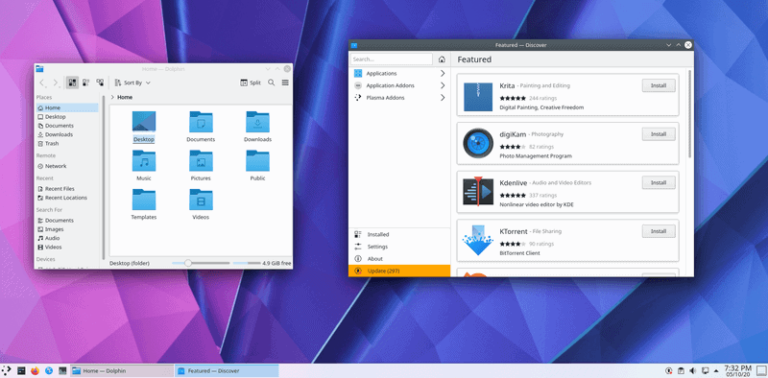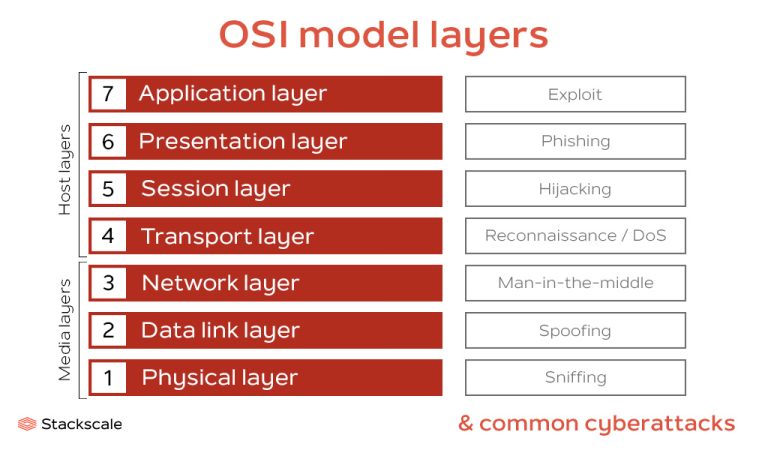
Red Hat and Oracle announced jointly Tuesday that they have partnered to bring Red Hat Enterprise Linux (RHEL) to Oracle Cloud Infrastructure, broadening Oracle’s available public cloud options and creating a measure of détente between two long-standing competitors.
The announcement couched the news as step one in a broader partnership between Red Hat and Oracle, but provided details mostly of the OCI integration. RHEL will be available on Oracle’s VMs, ranging in size from 1 to 80 CPU cores and from 1GB of memory up to 1024GB. Initial support will be limited to the newer OCI virtual machine shapes, which use AMD, Intel and Arm processors.
The idea is to provide an opportunity for customers who have workloads running on RHEL to move those into Oracle’s cloud. The ability for users to standardize on OCI, given the popularity of RHEL for a wide array of enterprise workloads, could prove valuable to Oracle’s push to make its cloud more competitive with the larger hyperscalers.
Moreover, there’s already a shared customer base between the two companies, according to IDC vice president of worldwide infrastructure Dave McCarthy, which gives them a strong incentive to work together. That’s in contrast to Oracle’s previous approach to the market.
“This is a great example of Oracle demonstrating that it’s willing to work with past rivals to grow its cloud business,” he said. “These companies were sort of competing against each other, and this announcement that they’re working together is interesting.”
In trying to grow the OCI business, Oracle has had to combat the perception that its cloud is mostly designed for Oracle-specific workloads, not a general-use public cloud option like AWS or Azure. McCarthy said that the company has done a lot of work to be more competitive with its larger rivals in that market.
“They’ve really worked on some unique commercial terms that are financially beneficial to customers,” he said. “They have aggressive pricing, but they also think about things a little differently — where the other public clouds have fixed VM sizes, Oracle customers can tailor the amount of CPU or storage they need.”
The presence of native support for RHEL on OCI could be a particularly attractive option for users with a need for edge computing deployments, as well.
“Red Hat … has been adding features to RHEL to make it more applicable to edge deployment locations, being able to support smaller configurations, being more efficient about OTA [over-the-air, or automated] updates, and doing things like intelligent rollbacks of devices in the field,” McCarthy said. “So if an OCI customer is looking to deploy [at the edge], the ability to use Red Hat as that standard means they’ll be better able to support that kind of use case.”
New Oracle VMs running RHEL are available now.
Next read this:







